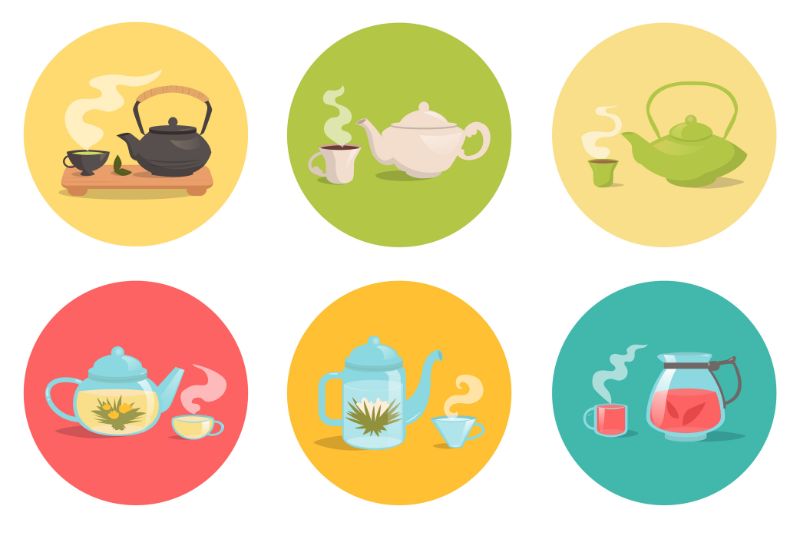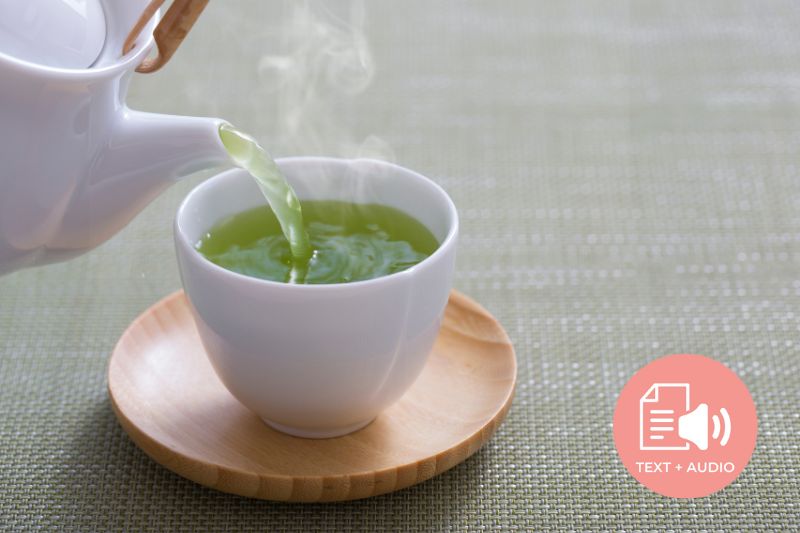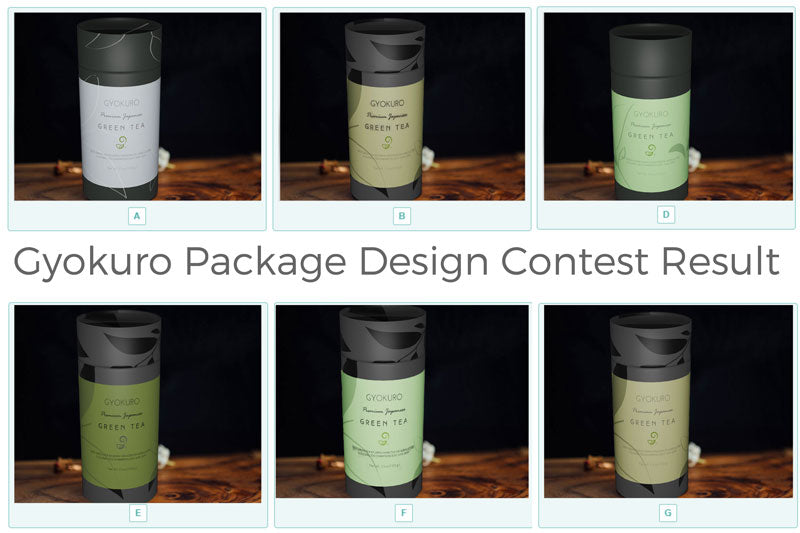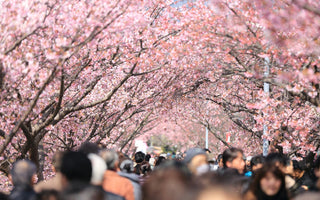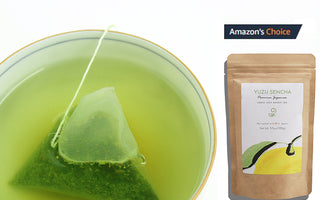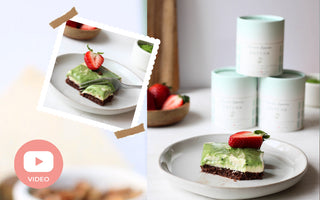Subscribe to Green Tea Podcast:
- What is Hojicha exactly?
- How is Hojicha different from sencha or matcha?
- The Process of How Hojicha is made
- How is Hojicha different from Chinese roasted tea?
- How to Brew Hojicha for the Best Flavor
- New Ways to Enjoy Traditional Hojicha
- Hojicha Recipe Videos
- Hojicha Oat Milk Latte
- Hojicha Syrup
- Hojicha Banana Cake
- Gluten-Free Hojicha Cookies
- Hojicha Brownie
- Hojicha Cookie Dough
- Hojicha Pumpkin Bread
- Hojicha Hanabira Mochi
- How to Separate Good Hojicha From the Bad Hojicha
- How to Find Good Hojicha No Matter Where You Live
- Hojicha and Health Benefit
- Hojicha FAQs
- What is Hojicha?
- What does Hojicha mean?
- Is it Hojicha or Houjicha?
- Is Hojicha green tea?
- How is Hojicha harvested and processed?
- How is Hojicha roasted?
- Is roasted green tea healthy?
- What type of tea is Hojicha?
- From where does Hojicha originate?
- How is Hojicha different from Sencha or Matcha?
- How is Hojicha different from Chinese roasted tea?
- How to brew Hojicha properly and for the best flavor?
- What does Hojicha taste like?
- Can you roast your own Hojicha?
- Why is my Hojicha smokier than sweet?
- When do you drink Hojicha?
- Does Hojicha need a sweetener?
- Does Hojicha contain caffeine, or it is decaffeinated?
- Is Hojicha gluten-free?
- How to make cold brew Hojicha?
- What goes well with Hojicha?
- How to spot the good Hojicha from the bad one?
- What is the shelf life of Hojicha?
- What is Hojicha good for?
- Fun Hojicha Infographics
- Buy Premium Hojicha Online (USA)
What is Hojicha exactly?
Japanese Hojicha Tea offers many benefits to those who drink it. It is made from green tea leaves or stems that originate from sencha Japanese green tea.
Hojicha Tea, unlike similar but different green teas, is reddish-brown in color. When the leaves are roasted, the bitterness is removed, and the Hojicha takes on a nice earthy scent and an attractive reddish-brown color.
There are varying grades of green tea leaves. Lower-grade leaves are typically used for making Hojicha while higher-grade leaves are most suitable for other applications.
Using the right leaves for the job will ensure that the optimum taste is achieved for the most enjoyable and palatable experience.
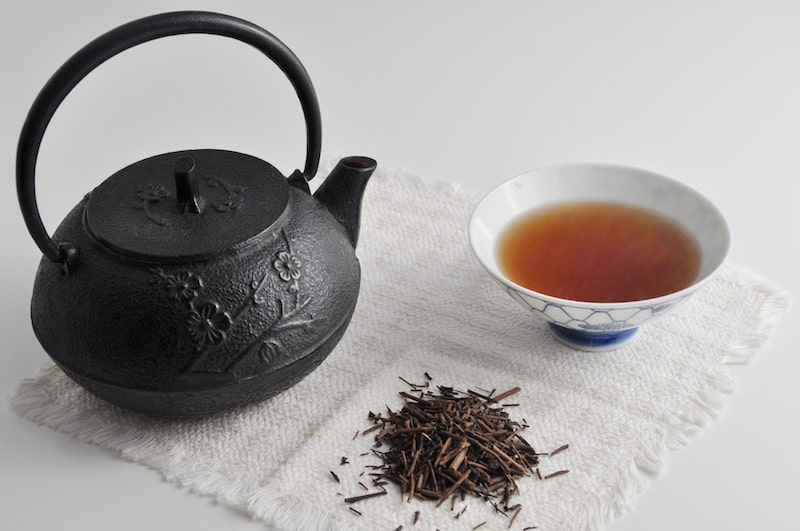

How is Hojicha different from sencha or matcha?
The main difference between sencha and matcha is the color. Although both are considered Japanese green teas, matcha is bright green in color. The lower the grade of matcha, the less vibrant the color. Click here to see the in-depth difference between sencha and matcha.
Hojicha, on the other hand, is more of a reddish-brown in color. (see below image difference between Hojicha and Sencha) The hue will vary depending on whether it came from the Sencha, Bancha, or Kukicha green tea.
Matcha will have a more vegetal aroma while Hojicha, in its roasted green tea form, will have more of an earthy umami aroma to it. Matcha is quite bitter while Hojicha has a sweeter and even smokey flavor to it.
Hojicha has a much lower caffeine content than matcha at about 0.13 g of caffeine for every 100 g while matcha is upwards of about 3.2 g of caffeine for every 100 g.
Hojicha tea leaves are steamed before being dried while matcha is made by grinding the dried leaves into a very fine powder. Hojicha can also be ground into a fine powder, but it is typically in loose tea form.

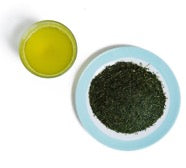
Hojicha Tea (Left), Sencha Tea (Right)

The Process of How Hojicha is made
Hojicha is made from Bancha tea leaves, and sometimes it may be sourced from Kukicha twigs or Sencha leaves. It is grown in Japan and is roasted at very high temperatures. This technique is why Hojicha has a reddish-brown color as well as a nice, umami flavor and aroma.
How is Hojicha different from Chinese roasted tea?
There are a number of differences between Chinese roasted tea and Hojicha tea. Chinese roasted teas are often prepared in such a way that the oxidation process is stopped because they are traditionally heated in woks.
However, Hojicha is typically steamed to stop the oxidization process first and then roasted. Because of this careful preparation, Hojicha has little to no bitterness as well as low caffeine content. (Oftentimes, hojicha is made with bancha which has less caffeine; this also helps with having low caffeine)
Hojicha also is often made with the Yabukita cultivar which is Japanese whereas Chinese tea uses another type of cultivar; this difference also contributes to the differences, in the end-resulting tea. Click here to learn more about Chinese tea vs Japanese tea.
How to Brew Hojicha for the Best Flavor
In order to enjoy the highest level of taste and aroma, there is a certain way that Hojicha should be prepared. When properly prepared, this tea will offer not only all of the benefits that it has to offer, but it will taste and even look as appealing as possible to the drinker.
For starters, Hojicha should be prepared in the proper teapot. It should have an attached mesh inside in order to keep leaves from escaping into the teacup yet allow them to move freely for maximum flavor and evenness in strength. (Click here for an example teapot that works well to brew hojicha and make the taste better)
Temperature is also very important and should be allowed to cool to the ideal temperature after being brought to a full boil. It is also important to use good, filtered water for maximum smoothness and flavor. (Click here to learn more about Japanese green tea and water)
It is vital to always adjust the temperature according to the grade of the tea. The higher the grade, the lower the temperature should be. Premium Hojicha should be brewed at around 190 degrees Fahrenheit or 90 degrees Celsius.
You should also adjust how many leaves you brew to the size of the cup that you will be using. If you are serving your tea in a small cup, you will want to use fewer leaves unless you want to achieve a very strong brew.
Since Hojicha is considered a delicate tea, it is often served in small Japanese cups, but it can also be enjoyed in your favorite mug as well. Drinking tea is all about the enjoyment of the drinker.
You should store your Hojicha in an air-tight bag and keep it in the refrigerator to preserve its flavor for as long as possible. (Click here to learn more about how to store tea)
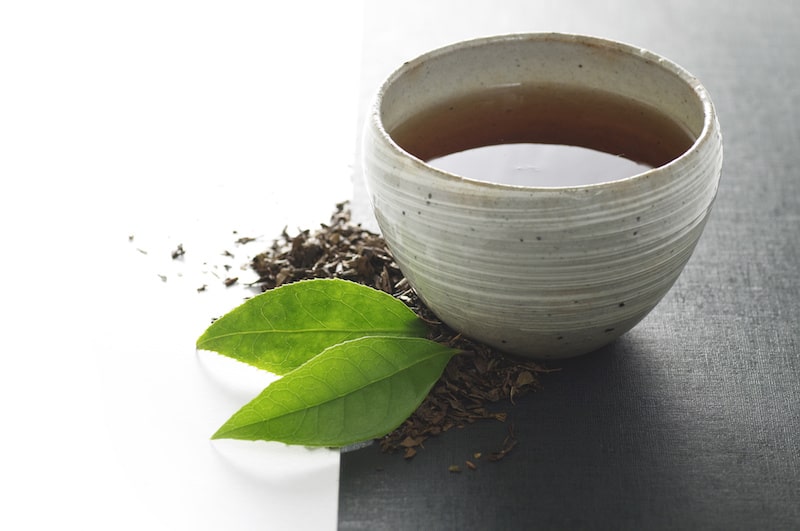

New Ways to Enjoy Traditional Hojicha
Hojicha can be prepared in a number of different ways. It is traditionally prepared as tea by steaming the leaves in hot water for about one minute. It can also be enjoyed chilled. (Here is how you can cold brew hojicha – this instruction is for sencha but works well for hojicha.)
There is even a Hojicha powder that can be used to make a tea similar to matcha. (If you got loose-leaf hojicha, you could use a spice grinder to powder them.) It can even be made into a latte type with milk. No matter how you enjoy it, you will still get to enjoy the many benefits that Hojicha has to offer.
We made cool videos on various hojicha Recipes. Please check them out!
Click here to see the full recipe of Hojicha Syrup
Click here to see the full recipe of Hojicha Banana Cake
Click here to see the full recipe of Hojicha Cookies
Click here to see the full recipeof Hojicha Brownie
Click here to see the full recipe of Hojicha Cookie Dough Bites
Click here to see the full recipe of Hojicha Pumpkin Bread
Click here to see the full recipe of Hojicha Hanabira Mochi
Click to Subscribe to my YouTube Channel to watch more Hojicha Video Recipes

How to Separate Good Hojicha From the Bad Hojicha
There are a number of ways to spot good, high-quality Hojicha. When shopping for high-quality Hojicha, you are going to want to pay attention to the color and aroma of the Hojicha.
You also want to find out where the leaves were grown and who has processed the tea. You will also want to get a little info on who is selling the tea. You will want to know if the seller and manufacturer are reputable and trusted, which will indicate the quality of the tea.
You should taste it as well if possible. You are looking for a deep yet bright brown hue and should never be black, which indicates that the leaves have been burnt in the roasting process. The aroma should be nice and earthy, and the leaves should have a nice, earthy flavor.
How to Find Good Hojicha No Matter Where You Live
When shopping for Hojicha tea, the best way is to be able to feel, smell, and touch the leaves for yourself. Shopping for tea is a very involves and intimate process and is also enjoyable for all of the senses.
If it is simply not possible to shop for your Hojicha tea in person, there are many reputable tea sellers online that you can purchase it from. Be sure to read the reviews of the other customers and to pay attention to the fine details such as how the leaves were prepared as well as where the leaves were grown.
Brand reputation is important, and online tea stores should provide pictures of their product so that you can shop with your eyes.
Tea shops, tearooms, supermarkets, and health food stores are all good sources for your Hojicha tea supply.
If you are new to the process of purchasing Hojicha, you will mostly rely on the color and aroma of the tea.


Hojicha and Health Benefit
There are many benefits to drinking Hojicha tea. Hojicha Tea is very high in antioxidants which help to flush out unwanted and even harmful free radicals from the body. It acts as a natural cleansing and detoxifying agent.
Antioxidants are also important for the body because they help to keep the skin looking young as they help to reduce the signs of aging.
It also helps to release stress. Sitting down and enjoying a nice, warm cup of tea is relaxing on its own, but Hojicha tea also contains L-Theanine, which is an amino acid that helps to boost mental capacity. It also reduces stress because it helps to lower blood pressure and cortisol levels.
When the body is relaxed, it reacts by becoming balanced and calmer. The wonderful scent of a cup of Hojicha tea also helps to ease the mind as it has a nice, soothing aroma.
It also helps to reduce cholesterol thanks to the high levels of catechins that are present in green tea. When cholesterol levels are lower, inflammation is reduced, and the risk of heart disease also declines. Hojicha is also one of the best green tea for weight loss.
For those who are sensitive to caffeine, Hojicha is a great alternative to a cup of Joe or an energy drink since it will boost energy levels naturally and without the jitters.
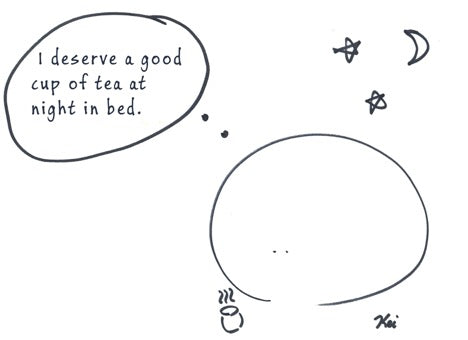
One cup of Hojicha contains only about 7.7 mg of caffeine whole a cup of coffee typically contains about 95 mg of caffeine. It is a nice little boost without causing any negative side effects.
Hojicha tea has been brewed and enjoyed for centuries and is gaining popularity all over the world thanks to our modern civilization where you can shop online from virtually anywhere in the world.
Whether you are thinking of trying it for the first time or you are already a fan, Hojicha is a popular choice for many due to its versatility and therapeutic benefits.
The key to enjoying this unique tea is to prepare it with care and to take the time to really appreciate its origin as well as the process in which it came to be. Drinking tea is an experience that is meant to be enjoyed and savored in a world that is often rushed and chaotic.

Hojicha FAQs
What is Hojicha?
Hojicha is a kind of Japanese green tea. It differs from other types because it is roasted in a porcelain pot over charcoal, unlike other Japanese teas, which are steamed. It is fired over high temperatures until the leaves turn dark reddish-brown.
What does Hojicha mean?
Hojicha焙じ茶 is derived from a Japanese verb that means "to roast."
Is it Hojicha or Houjicha?
In literal Japanese spellings of Hojicha ほうじ茶, there is "う" which is the "u" sound in English but the combination of "ほ" and "う" sound is only "Hō". The macron on "Hō" simply indicates a long vowel sound, but it loses its purpose and becomes neutralized when translated into English. Therefore, the whole word is spelled as Hojicha in English.
Is Hojicha green tea?
Hojicha is used as a general term for any kind of roasted Japanese green tea. Whether tea leaves come from Sencha, Bancha, or Kukicha, the final roasted form is only called Hojicha.
How is Hojicha harvested and processed?
Hojicha tea leaves and stalks from sun-grown Japanese green tea such as Sencha, Bancha, and Kukicha. These are grown in open fields with no shade till the harvest time. After the harvesting, these are steamed to stop the oxidation, but in the case of Hojicha, it is roasted at high temperatures. The leaves and stalks are roasted in a porcelain charcoal pot until the leaves' green turns brownish-red. It takes on a different color and smoky fragrance that ultimately makes it different from other green teas due to being roasted.

How is Hojicha roasted?
Tea leaves and stalks are put in a large porcelain pot over charcoal that burns at high temperatures. It is then roasted by twisting and turning the leaves until turn reddish-brown and emit a smoky aroma. The high heat also helps in diminishing the caffeine and tannin content in the leaves. It, therefore, becomes suitable for consumption for people who like to have their tea decaffeinated.
Is roasted green tea healthy?
Yes, roasted green tea is healthy for you. Catechins and other antioxidants found in the tea boosts your metabolism, burns fat, helps in digestion, lowers cholesterol level, flush out toxins, maintains blood pressure, and improves mood. Moreover, tea has the least amount of caffeine, which does not give you any jitteriness or make you sleepless if you drink it at night.
What type of tea is Hojicha?
Hojicha is a roasted Japanese green tea. It is distinctive from other Japanese green tea types because it is roasted over charcoal at high temperatures to get the unique smoky aroma, roasted flavor, and reddish-brown color.
From where does Hojicha originate?
Although most tea types developed hundreds of years ago in Japan, Hojicha is one of few that were created much later, as it was introduced in the 1920s in Kyoto, Japan. It gained popularity in Japan due to its unique flavor and aroma, and after WWII, it made its way to other countries.

How is Hojicha different from Sencha or Matcha?
It is different from Sencha and Matcha on many levels. Firstly, Sencha has a dark green color, Matcha has bright green, and Hojicha comes with reddish-brown. In terms of aroma, Sencha and Matcha have a grassy and vegetal aroma, whereas Hojicha has a smoky and earthy aroma. Also, another big difference is the level of caffeine. Matcha has the most caffeine content, then comes the Sencha, and lastly, Hojicha with as little as 7.7mg per cup.
How is Hojicha different from Chinese roasted tea?
Both teas are different from each other in terms of later processing. Chinese teas are roasted to stop the oxidation process, but Hojicha leaves are first steamed to stop oxidation and then roasted to get the unique aroma and flavor. Moreover, both are grown using different cultivars, which is also shown in the end result of the brewed tea.
How to brew Hojicha properly and for the best flavor?
For brewing Hojicha properly, the water temperature is quite important because a little difference can bring out different flavors. Brewing Hojicha is easy, and you only need a teapot, filtered water, and Hojicha leaves.
- First, take the filtered water and bring it to a boil. Cool it down to 90 degrees Celsius by pouring it into a teapot and then cups.
- Put one teaspoon/ 2g per cup of Hojicha leaves in the teapot and add the warm water.
- Let the infusion steep for 30 seconds.
- Pour into cups and enjoy the smoky and earthy sweet taste.
What does Hojicha taste like?
Hojicha has a bold and rich smoky taste with a hint of natural sweetness. The bitterness gets removed from the green tea leaves when roasted, which also gives it a smoky and earthy flavor.

Can you roast your own Hojicha?
Yes! Our friend at Arigato Japan has done a nice live demo of how to do it yourself. Please see the recording of the video below.
Click here to learn about the Virtual Green Tea Tour offered by Arigato Japan.

Why is my Hojicha smokier than sweet?
Hojicha has a smoky flavor when prepared hot. Prepare it with a bit of warm water and let it cool for some time to taste its sweetness.
When do you drink Hojicha?
You can drink Hojicha at any time of the day because of the little caffeine content. Drink it at breakfast, after meals, and even at night without any sleeplessness or upset stomach issues.
Does Hojicha need a sweetener?
Hojicha has a smoky and earthy flavor with a bit of sweetness, and it is best enjoyed with no sweetener. However, if you like your tea a bit sweeter, you can add honey or maple syrup.
Does Hojicha contain caffeine, or it is decaffeinated?
Hojicha is not entirely decaffeinated because it contains caffeine in so little amount. It has the least amount of caffeine content compared to other green tea types, only 7.7mg.

Is Hojicha gluten-free?
Hojicha is always gluten-free as it only has Japanese green tea leaves and no additives. However, some manufacturers add some additives, and you should check the packaging before buying.
How to make cold brew Hojicha?
Cold-brew Hojicha on a hot summer day is refreshing and a perfect beverage to quench your thirst. It is really easy to make as you only need Hojicha and filtered water. You can make it two ways. First, take a 750ml bottle of water and add three teaspoons of Hojicha tea leaves. Refrigerate the infusion for 6-8 hours or based on your taste. (Pro Tip: If you use a tea filter, it makes it easier and you do not need to filter out. Click here to check out tea filters) Bring it out of the fridge and put it through a strainer, and pour it into cups. Enjoy the delicate and cold-brewed Hojicha. In another way, brew hot Hojicha and simply add ice cubes to make it into iced tea.
What goes well with Hojicha?
Due to its smoky flavor, it is usually paired with sweet desserts and used in lattes. It also goes well with savory recipes and is paired deliciously with chocolate, Matcha, maple syrup, sweet potato, fig, caramel, sesame, and vanilla.
How to spot the good Hojicha from the bad one?
It is easy to spot good Hojicha if you know about the little background of it. Good Hojicha leaves have dark brown hues and a nice earthy aroma. If you spot black leaves, it shows they have been burnt during the roasting process and also give out the burnt flavor; you should not buy such leaves.
What is the shelf life of Hojicha?
The shelf life of Hojicha is the same as other Japanese green teas, often about one year. (please check the specific with your tea provider) It only stays good in aroma and flavor for one year after opening the package, but it starts to lose both after that.
What is Hojicha good for?
Drinking Hojicha daily can bring a significant change to your body. Tea helps lower cholesterol levels, and blood pressure reduces stress and is high in antioxidants that flush out harmful toxins from your body. Hojicha is a good decaf alternative because of roasting, caffeine levels lower to only 7.7mg, and become suitable for people who can only digest low amounts of caffeine daily.

Fun Hojicha Infographics
We created some infographics about hojicha. Here they are!
These infographics are from our Green Tea Infographic Board on Pinterest. Follow us on Pinterest to see more infographics like this!

Buy Premium Hojicha Online (USA)
Get Free Bonus Books






